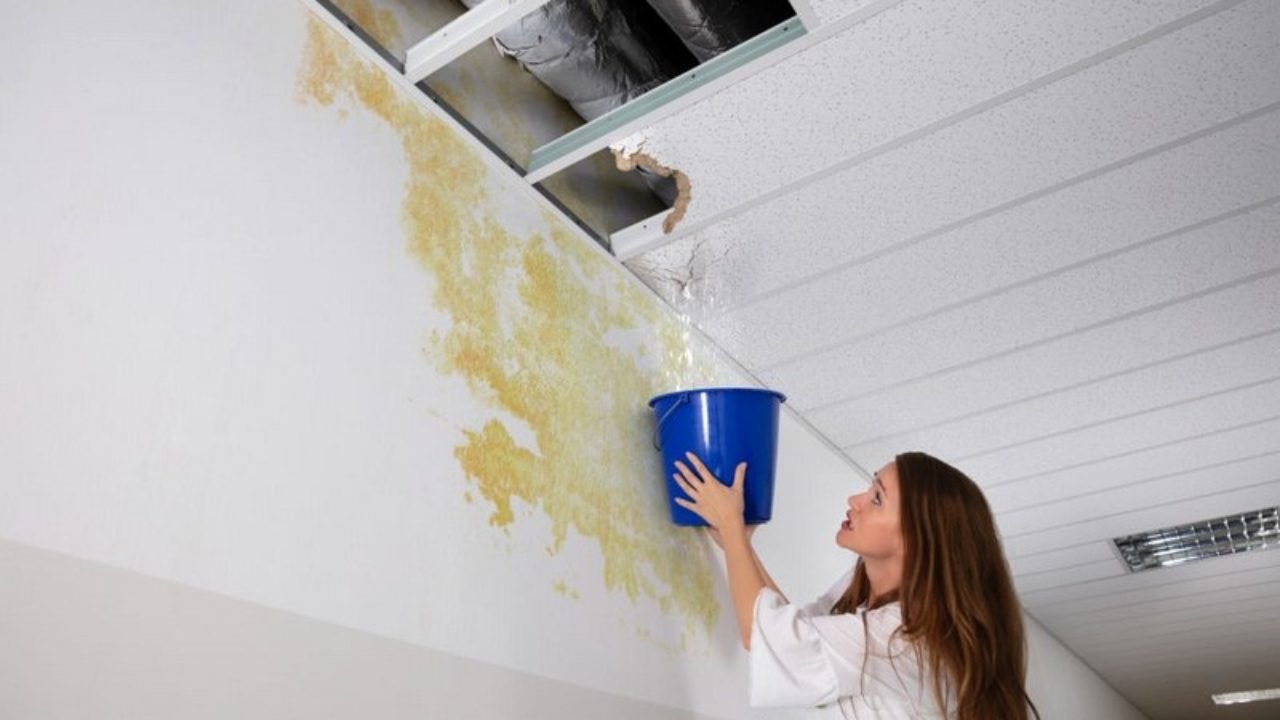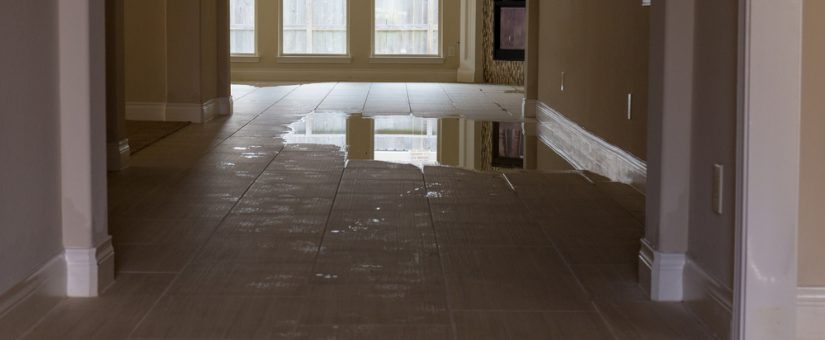How to Stop the Six Most Common Water Leaks in Your Home
How to Stop the Six Most Common Water Leaks in Your Home
Blog Article
Just how do you really feel with regards to Most Common Causes of Leaky Pipes?

Leakages not just trigger waste of water but can additionally trigger unnecessary damages to your house and advertise undesirable natural growth. By looking and recognizing for daily situations that cause leakages, you can safeguard your residence from future leaks and also unnecessary damages.
Encroaching origins
A lot of water leaks begin outside your home as opposed to inside it. If you see a sudden reduction in water pressure, state in your faucet, take some time to head out as well as analyze your lawn. You could discover damp patches or sinkholes in your backyard, and that may imply that tree origins are invading water lines creating water to seep out. You can have your plumber check for breach, especially if you have trees or shrubs near your building.
Corroded water supply
This may be the reason of staining or bending on your water pipelines. If our plumbing system is old, consider replacing the pipes because they are at a greater threat of deterioration than the more recent models.
Defective Pipe Joints
The point at which your pipelines link is often the weakest web link in the waterline. Pipeline joints can degrade with time, causing water leakages. Unfortunately, the majority of pipe joints are not easily visible. If you have noisy pipelines that make ticking or banging sounds, specifically when the warm water is activated, your pipeline joints are most likely under a great deal of stress. It is suggested to have your plumber evaluate your system annually.
Instant temperature level adjustments.
Severe temperature level modifications in our pipes can cause them to expand and also acquire suddenly. This expansion and tightening might trigger cracks in the pipes, specifically if the temperature level are below freezing. It would be best if you kept an eye on just how your plumbing functions. The presence of the formerly pointed out situations often indicates a high threat.
Poor Water Connectors
At times, a leakage can be brought on by loose tubes as well as pipelines that supply your devices. Usually, moving is what causes the loosened water Connections. You could find when it comes to a washing maker, a hose might spring a leak as a result of trembling throughout the spin cycle. In case of a water connections leakage, you may see water running directly from the supply line or pools around your appliances.
Blocked Drains
Obstructed drains may be bothersome and also inconveniencing, but they can often wind up causing an overflow causing break pipes. Maintain getting rid of any materials that might drop your drains that might block them to avoid such troubles.
All the above are sources of leakages but not all water leaks arise from plumbing leakages; some leaks might come from roofing leakages. All leakages should be repaired right away to stay clear of water damage.
Leaks not only trigger waste of water however can additionally create unneeded damage to your home as well as advertise undesirable natural development. By recognizing and looking for daily scenarios that create leakages, you can shield your residence from future leaks and unnecessary damage. Today, we will look at six leak causes that may be triggering your pipelines to drip.
At times, a leak can be created by loose tubes and also pipes that supply your devices. In instance of a water links leakage, you might see water running straight from the supply line or pools around your devices.
How To Check For Water Leak In Your Home
How To Check for Leaks
The average household's leaks can account for nearly 10,000 gallons of water wasted every year and ten percent of homes have leaks that waste 90 gallons or more per day. Common types of leaks found in the home are worn toilet flappers, dripping faucets, and other leaking valves. These types of leaks are often easy to fix, requiring only a few tools and hardware that can pay for themselves in water savings. Fixing easily corrected household water leaks can save homeowners about 10 percent on their water bills.
To check for leaks in your home, you first need to determine whether you're wasting water and then identify the source of the leak. Here are some tips for finding leaks:
Take a look at your water usage during a colder month, such as January or February. If a family of four exceeds 12,000 gallons per month, there are serious leaks.
Check your water meter before and after a two-hour period when no water is being used. If the meter changes at all, you probably have a leak.
Identify toilet leaks by placing a drop of food coloring in the toilet tank. If any color shows up in the bowl after 10 minutes, you have a leak. (Be sure to flush immediately after the experiment to avoid staining the tank.)
Examine faucet gaskets and pipe fittings for any water on the outside of the pipe to check for surface leaks.
Undetected water leaks can happen without the home or business owner even realizing. If you suspect a water leak, but not able to find the source. It is time to contact a professional water leak detection service, The Leak Doctor.
How To Find a Water Leak In Your Home
https://www.leakdoctor.com/blog/How-To-Check-For-Water-Leak-In-Your-Home_AE197.html

I have been very inquisitive about How to Find Water Leaks and I am praying you enjoyed the new page. Don't hesitate to take the time to distribute this page if you appreciated it. I praise you for your time. Kindly check up our site back soon.
Book Service Report this page